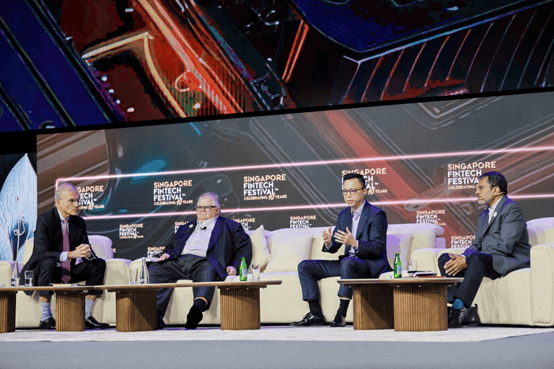
AI is revolutionizing how businesses operate, but that progress comes at a cost. As companies lean more heavily on smart systems, vulnerabilities in AI security are surfacing, posing serious risks to data, operations and trust. Entrepreneurs and decision-makers must act fast or risk falling victim to the tools meant to propel them forward.
The Double-Edged Sword of AI
AI has become a vital engine of modern business by streamlining operations, automating tasks and delivering powerful insights. However, that same technology introduces sophisticated vulnerabilities. Unlike traditional software, AI systems can be manipulated subtly — bad actors can poison training data, exploit blind spots in algorithms or launch model inversion attacks to extract sensitive information.
As reliance on machine learning increases, so does the surface area for attacks. The benefits are undeniable, but without proper safeguards, businesses are essentially handing over the keys to systems they don’t fully understand. Proactive security planning is no longer a luxury but a necessity.
Recent Reports and Red Flags
AI-related cyberattacks are already impacting sectors like finance, health care and retail. According to recent reports, spending on AI cybersecurity is ramping up — but so are the threats. Even the most advanced systems can be tripped up by adversarial inputs or misled into making damaging decisions.
In some cases, hackers are using AI against itself — employing generative models to craft convincing phishing attempts or write malicious code. Many organizations are left scrambling with generative AI evolving faster than regulations can keep up. For entrepreneurs and business leaders, staying informed isn’t enough. It’s time to get hands-on with security.
The Trust Deficit: Customers and AI Risk
Trust is hard-won and easily lost, and nothing shatters it faster than a data breach or scandal tied to AI misuse. When customers learn their information is being mishandled, fed into opaque decision-making systems or vulnerable to leaks, it undermines the brand relationship.
There’s also growing concern over algorithmic bias. If AI systems unintentionally discriminate or make flawed decisions, businesses may face public backlash or even legal action. Transparency and responsible governance are now part of the competitive edge. Those who communicate clearly about how AI is used and protected will lead the way in customer loyalty.
What Smart Businesses Are Doing Differently
Forward-thinking companies aren’t waiting for disaster to strike — they’re embedding AI security into every layer of their strategy. This means regular audits of AI systems, cross-departmental security policies, and creating AI ethics teams to assess risk and compliance. It also involves hiring experts who understand both machine learning and cybersecurity, two disciplines that now go hand in hand.
Some are even going a step further, opting for “explainable AI” tools that allow them to understand and monitor decision-making processes in real time. Businesses looking for a model can draw inspiration from leaders in the space, including those prioritizing proactive strategies and physical-digital integrations.
Staying Ahead of the Curve
AI threats evolve quickly, so staying secure isn’t a one-and-done checklist. It’s an ongoing process. Smart companies are investing in employee training, conducting red-team simulations and working with an AI security partner to anticipate risks before they escalate.
Internal education is crucial. Even the most secure system can be compromised by human error, especially when employees don’t fully understand how AI tools function or what red flags to look for. Routine updates, layered security protocols and clear lines of accountability help businesses respond quickly when issues arise. Security in the AI era is less about building walls and more about staying agile around them.
Don’t Get Caught in an AI Bottleneck
AI can open doors to massive growth — but without proper protection, it can just as easily open a backdoor to cybercriminals. As businesses continue to scale their use of intelligent systems, the pressure to secure them mounts. The companies that thrive in this new landscape will be those that understand one truth — in the age of smart, only the secure survive.


